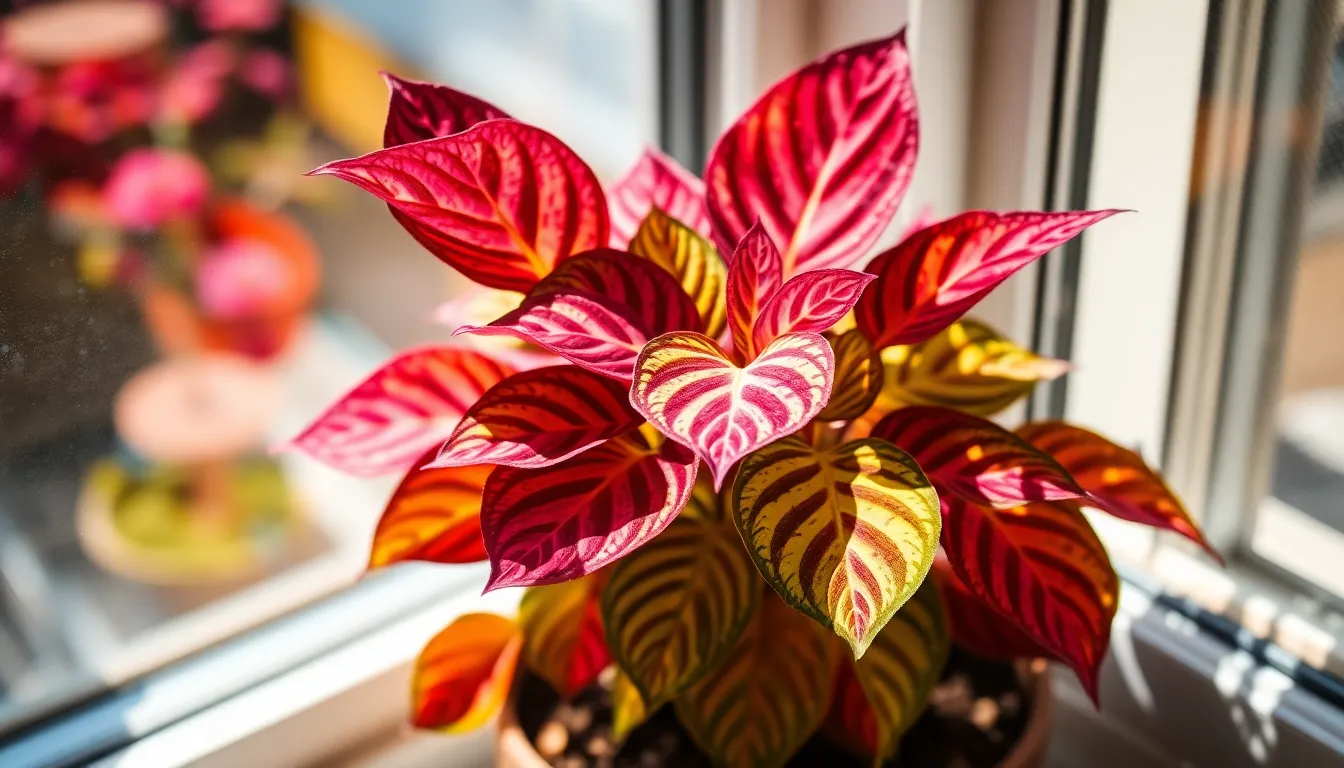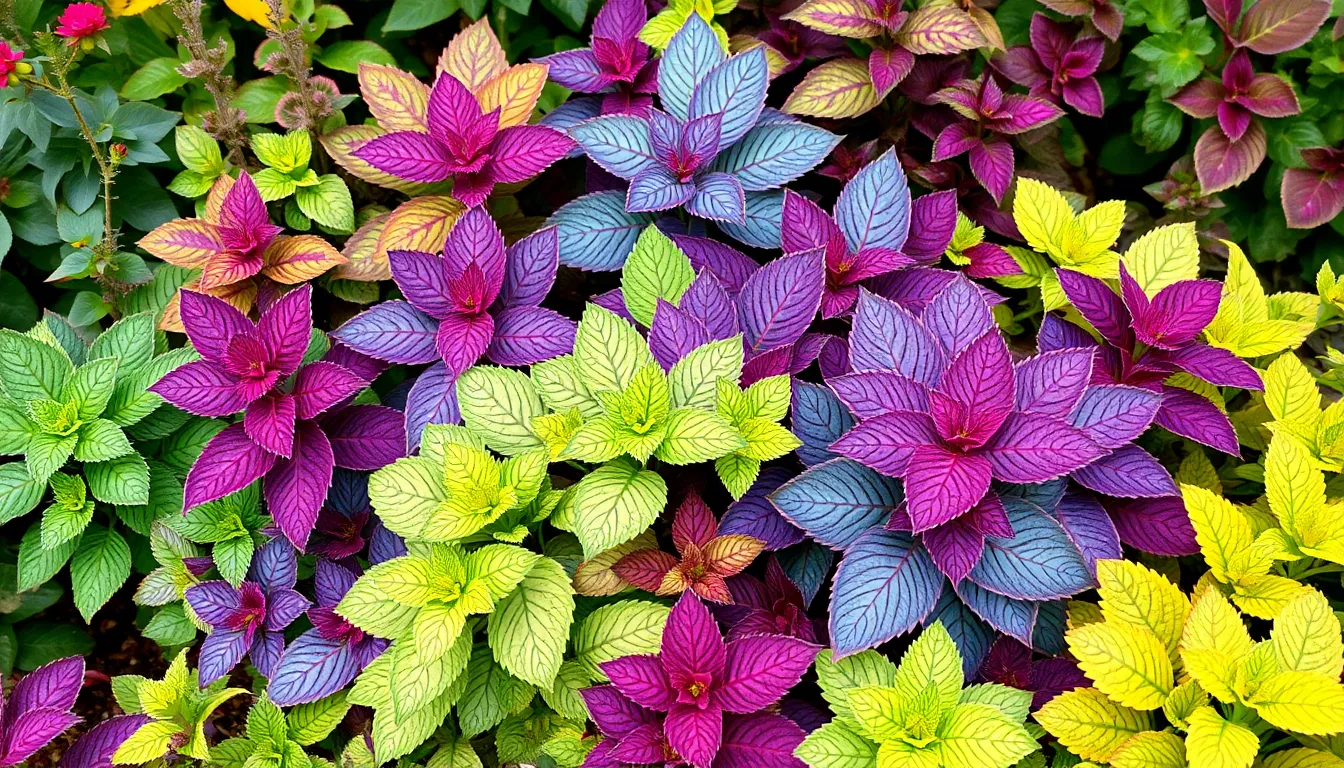Table of Contents
ToggleIn the world of botany, few plants capture attention like potosterums. Known for their unique characteristics and adaptability, these fascinating specimens have become a topic of interest for both amateur gardeners and seasoned horticulturists. With their vibrant foliage and resilience, potosterums offer more than just aesthetic appeal; they play a vital role in their ecosystems.
As people seek to enhance their indoor and outdoor spaces, understanding potosterums can unlock new possibilities for gardening enthusiasts. From their care requirements to their environmental benefits, exploring the world of potosterums reveals a wealth of knowledge that can inspire anyone to cultivate a greener lifestyle. Whether you’re looking to brighten up your home or contribute to biodiversity, potosterums might just be the perfect addition to your plant collection.
Overview of Potosterums
Potosterums represent a diverse genus of plants known for their striking appearance and adaptability. These plants thrive in various environments, making them suitable for both indoor and outdoor settings.
Key Characteristics
- Foliage: Potosterums exhibit vibrant leaves, often featuring a mix of colors and patterns that enhance aesthetic appeal.
- Resilience: Potosterums tolerate a range of conditions, including variable light and moisture levels, making them low-maintenance options for gardeners.
- Ecological Importance: Potosterums play a crucial role in local ecosystems by providing habitats for numerous insects and contributing to soil health.
Growth Conditions
- Light: Potosterums prefer indirect sunlight, though some varieties can adapt to lower light conditions.
- Water: Moderately moist soil supports healthy growth; overwatering often leads to root rot.
- Soil: Well-draining potting mix serves as an ideal medium, promoting robust root systems.
Cultivation Benefits
- Biodiversity Contribution: Cultivating potosterums promotes biodiversity and supports local wildlife.
- Air Quality Improvement: Potosterums improve indoor air quality by filtering pollutants, enhancing living spaces.
- Aesthetic Versatility: These plants complement various design styles, adding visual interest to gardens and interiors alike.
Potosterums offer both practical and aesthetic value, making them a favored choice among garden enthusiasts. Understanding their growth conditions and ecological benefits enhances the experience of growing these remarkable plants.
Characteristics of Potosterums
Potosterums showcase distinct features that contribute to their popularity among plant enthusiasts. These characteristics include physical attributes and behavioral traits that enhance their adaptability and resilience.
Physical Attributes
Potosterums exhibit vibrant leaves characterized by a variety of colors, including green, purple, and variegated patterns. Leaf shapes range from oval to lanceolate, often with unique textures that add visual interest. Heights typically range from 12 to 36 inches, depending on the species, making them suitable for different gardening spaces. Additionally, potosterums produce small flowers that can appear in clusters, although they are primarily grown for their foliage rather than their blooms.
Behavioral Traits
Potosterums demonstrate a remarkable resilience to varying environmental conditions. They thrive in low to bright indirect light, allowing them to adapt to different indoor and outdoor settings. Their moisture requirements are moderate; they prefer mildly moist soil but can tolerate brief periods of drought. Potosterums also contribute positively to their environment; they purify indoor air by filtering pollutants and provide essential habitats for beneficial insects, reinforcing their role in local ecosystems.
Habitat and Distribution
Potosterums thrive in a variety of habitats, showcasing their adaptability. Their distribution spans different geographic regions, making them versatile and resilient plants.
Preferred Environment
Potosterums prefer environments that offer indirect sunlight and moderately moist soil. They flourish in well-draining potting mixes to prevent root rot. These plants tolerate low to bright indirect light, which allows them to adapt to diverse indoor and outdoor spaces. Maintaining a humidity level between 40% and 60% further supports their growth, enhancing their vibrant foliage.
Geographic Range
Potosterums are native to tropical and subtropical regions across the globe, particularly in Southeast Asia, Central America, and the Caribbean. Their adaptable nature allows them to extend beyond native habitats, thriving in regions with similar climatic conditions. In temperate zones, gardeners cultivate them indoors or in controlled environments to protect them from frost.
Significance in Ecosystem
Potosterums play a vital role in their ecosystems, contributing to both food chains and biodiversity. Their presence and adaptability enhance the health and balance of their environments.
Role in Food Chain
Potosterums serve as a source of nourishment for various herbivorous insects and animals. Their vibrant foliage attracts pollinators and other beneficial creatures, creating a network of interactions. These interactions encourage the presence of predators that help control pest populations, thereby enhancing ecological stability.
Impact on Biodiversity
Potosterums enhance overall plant diversity by providing distinct habitats for insects and microorganisms. They support various species by offering shelter and breeding grounds. Their adaptability to different environments promotes ecological resilience, allowing for successful coexistence with other plant species. By promoting biodiversity, potosterums contribute to healthier ecosystems capable of better withstanding environmental changes.
Conservation Status
Potosterums are not currently classified under any specific conservation status by organizations such as the IUCN. Their prevalence in tropical and subtropical regions contributes to their stable populations. However, habitat loss poses potential risks due to urbanization and agricultural expansion.
Factors Affecting Conservation
- Habitat Loss: Urban development and land clearing diminish natural habitats, affecting potosterums and associated species.
- Climate Change: Changing climate conditions can alter their native environments, impacting growth patterns and populations.
- Over-Collection: In some areas, excessive harvesting for ornamental purposes may threaten local species if not managed sustainably.
Conservation Efforts
- Sustainable Gardening Practices: Encouraging cultivation methods that preserve natural habitats can protect potosterum diversity.
- Raising Awareness: Promoting knowledge about potosterums among horticulturists and growers supports their conservation.
- Research Initiatives: Ongoing studies on potosterum ecology contribute to understanding their roles in ecosystems and inform conservation strategies.
Monitoring potosterum populations and habitats ensures their continued presence and ecological function in diverse environments.
Conclusion
Potosterums are more than just attractive plants; they embody a harmonious blend of beauty and ecological significance. Their ability to thrive in diverse environments makes them a versatile choice for any gardener. By incorporating potosterums into their gardens, enthusiasts not only enhance their spaces but also contribute to vital ecological networks.
As awareness grows about their benefits, potosterums are likely to see even greater popularity. Embracing sustainable gardening practices ensures these remarkable plants continue to flourish for generations to come. The journey of cultivating potosterums offers a rewarding experience that enriches both personal spaces and the broader environment.





